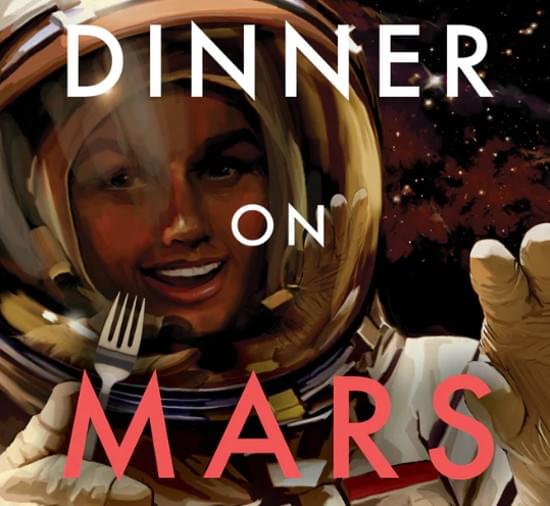Is there Life on the Moons of the Outer Solar System? Research in extreme environments on Earth will help us to answer this question.
Posted on Big Think, direct weblnk at.
Posted on Big Think.
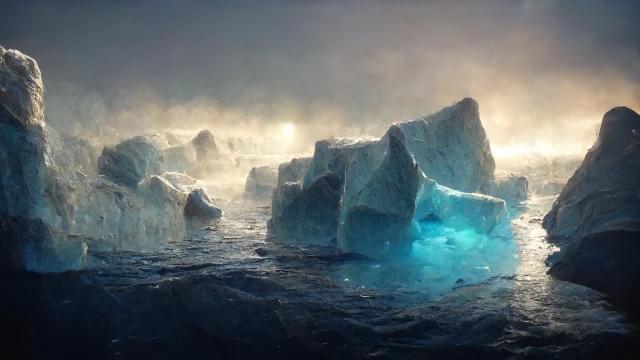
In 2021, Carbon Robotics unveiled the third-generation of its Autonomous Weeder, a smart farming robot that identifies weeds and then destroys them with high-power lasers. The company now has taken the technology from that robot and built a pull-behind LaserWeeder — and it kills twice as many weeds.
The weedkiller challenge: Weeds compete with plants for space, sunlight, and soil nutrients. They can also make it easier for insect pests to harm crops, so weed control is a top concern for farmers.
Chemical herbicides can kill the pesky plants, but they can also contaminate water and affect soil health. Weeds can be pulled out by hand, but it’s unpleasant work, and labor shortages are already a huge problem in the agriculture industry.
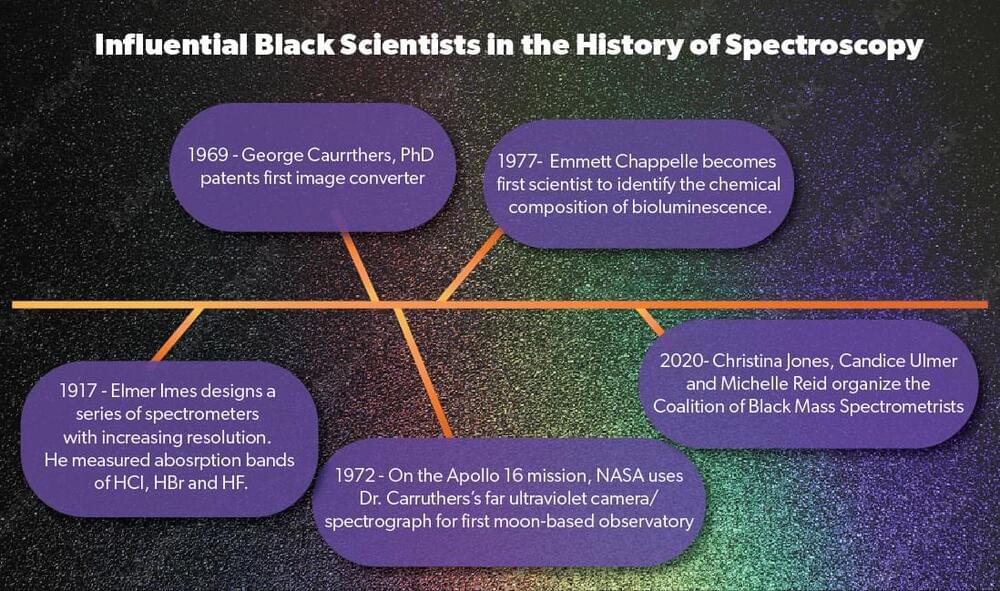
The world of spectroscopy has continued to expand throughout history based on the contributions of many brilliant scientists. This month we highlight prominent Black scientists whose innovations have helped shape spectroscopy as we know it today and have created space for others like them to succeed.
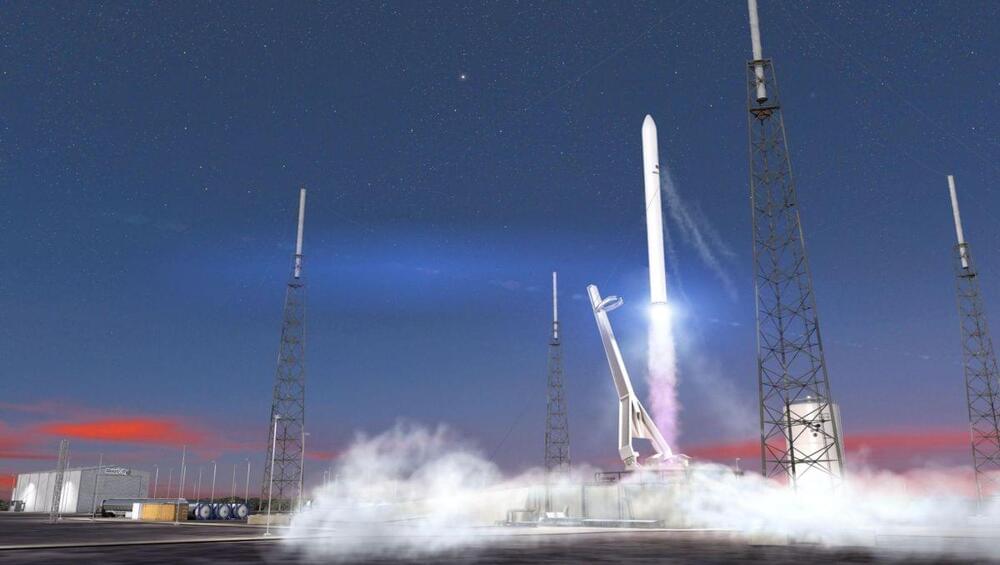
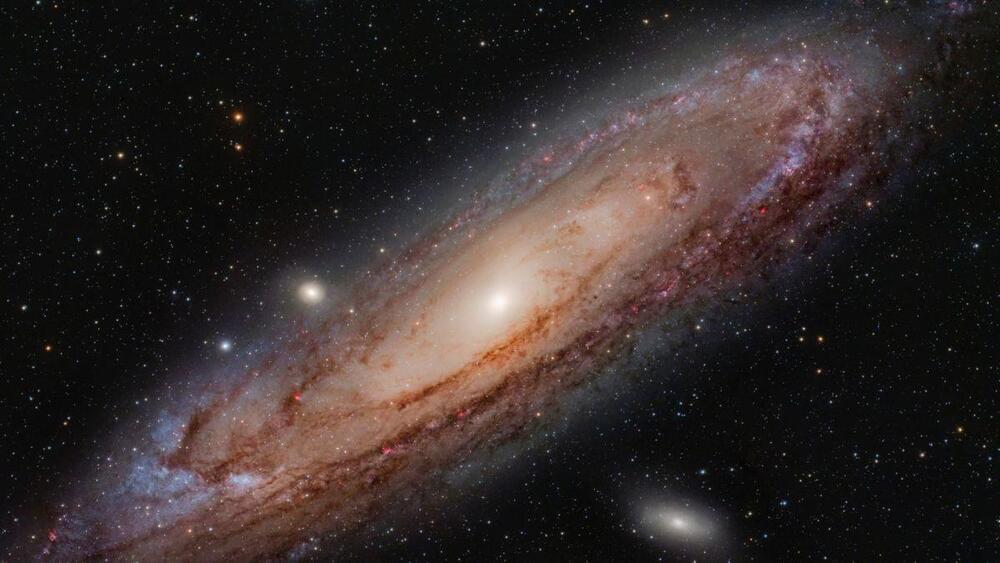
To launch another pair of Starlink stacks to orbit this week, SpaceX will break its all-time launch pad turnaround record. The first launch, Starlink Group 5–4, is currently scheduled to lift off at 12:10 AM EST (05:10 UTC) on Sunday, Feb. 12, pending a forecasted 20% chance of acceptable weather.
If the launch target holds, the mission will break the record for both Space Launch Complex 40 (SLC-40) at the Cape Canaveral Space Force Station in Florida and the overall record across all three Falcon 9 launch pads. The second mission, Starlink Group 2–5, is slated to launch at 8:32 AM PST (16:32 UTC) on Wednesday, Feb. 15 from Space Launch Complex 4 East (SLC-4E) at Vandenberg Space Force Base in California.

The CEO of Tesla has made it his mission to colonize the planet Mars in our lifetime.
Elon Musk is known for making wild promises and setting outrageous goals. It’s one of his detractors’ biggest criticisms.
But it is also one of the visionary entrepreneur’s driving forces. He thrives on setting goals that society broadly deems unattainable. He loves nothing more than having his back to the wall, the odds against him.
Science Daily reports that the astronomers found out that the mass of this lone white dwarf is equivalent to 56% of the sun’s weight. It aligns with previous theoretical predictions regarding the white dwarf’s mass, and it also sheds light on persisting theories regarding the evolution of these white dwarfs as a result of usual star evolution. The interesting observation grants further understanding of theories regarding white dwarf composition and structure.
According to the Space Academy, the astronomers made use of the renowned Hubble Space Telescope to gauge this lone white dwarf’s mass. The dwarf is known as LAWD 37.
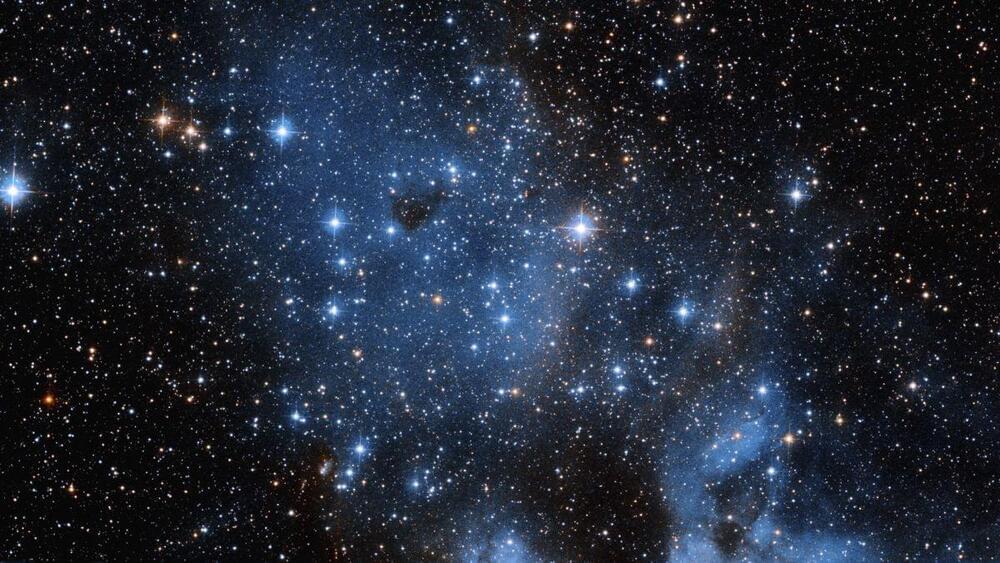
Blue straggler stars are the weird grandparents of the galaxy: They should be old, but they act young. Finding and studying these strange stars helps us understand the complicated life cycles of normal, more well-behaved stars.
All stars follow a particular path in life, known as the main sequence. The moment they begin fusing hydrogen in their cores, they maintain a strict relationship between their brightness and temperature. Different stars will have different combinations of brightness and temperature, but they all obey the same relationship. For example, smaller stars, like red dwarfs, will be relatively dim but also cool, with their surfaces turning a characteristic shade of red. Medium stars, like the sun, will be both hotter and brighter, turning white. The largest stars will be both incredibly bright and extremely hot, making them appear blue.
